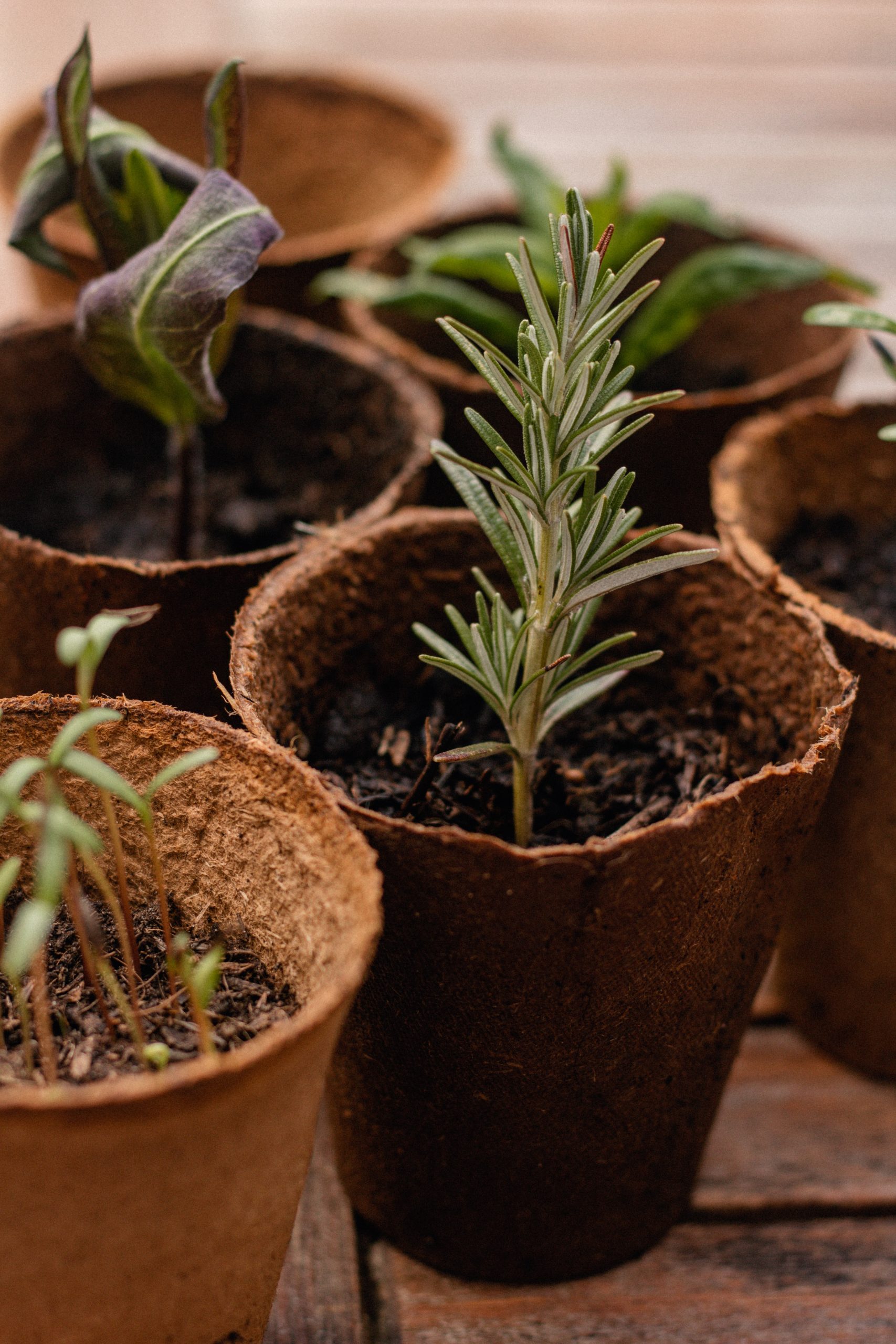As the world becomes more conscious of the environmental impact of food production, innovative restaurants are finding new ways to incorporate sustainable practices into their menus. One such practice is the use of vertical gardens, which allow restaurants to grow their own fresh produce on-site, reducing their carbon footprint and providing customers with a unique dining experience.
Vertical gardens, also known as living walls, are essentially gardens that are grown vertically, rather than horizontally. They can be installed indoors or outdoors, and can be used to grow a variety of plants, including herbs, vegetables, and even fruits. By growing their own produce, restaurants can ensure that their ingredients are fresh, organic, and free from harmful pesticides and chemicals.
But the benefits of vertical gardens go beyond just the quality of the produce. They also provide a unique aesthetic element to the restaurant, creating a natural and inviting atmosphere that customers are sure to appreciate. And because the gardens are grown vertically, they take up very little space, making them ideal for restaurants with limited outdoor areas.
One restaurant that has fully embraced the vertical garden trend is Noma, a two-Michelin-starred restaurant in Copenhagen, Denmark. Noma’s head chef, René Redzepi, has long been an advocate for sustainable food practices, and the restaurant’s vertical garden is just one example of this commitment.
The garden, which is located on the restaurant’s exterior wall, is made up of a variety of plants, including herbs, flowers, and even edible insects. The produce is used in many of the restaurant’s dishes, and customers are able to see the garden up close as they dine.
But Noma is not the only restaurant to incorporate vertical gardens into their menus. In New York City, Bell, Book & Candle has a rooftop garden that provides the restaurant with fresh produce year-round. And in London, The Culpeper has a rooftop garden that supplies the restaurant with herbs, vegetables, and even honey from their own beehives.
Of course, not every restaurant has the space or resources to install a full-scale vertical garden. But even small-scale gardens can make a big impact. For example, a restaurant might install a small herb garden in their kitchen, or grow a few tomato plants on their patio.
In conclusion, the use of vertical gardens in restaurants is a trend that is here to stay. By growing their own produce, restaurants can reduce their carbon footprint, provide customers with fresh and organic ingredients, and create a unique and inviting atmosphere. Whether it’s a full-scale garden or just a few potted plants, incorporating vertical gardens into a restaurant’s menu is a smart and sustainable choice.




